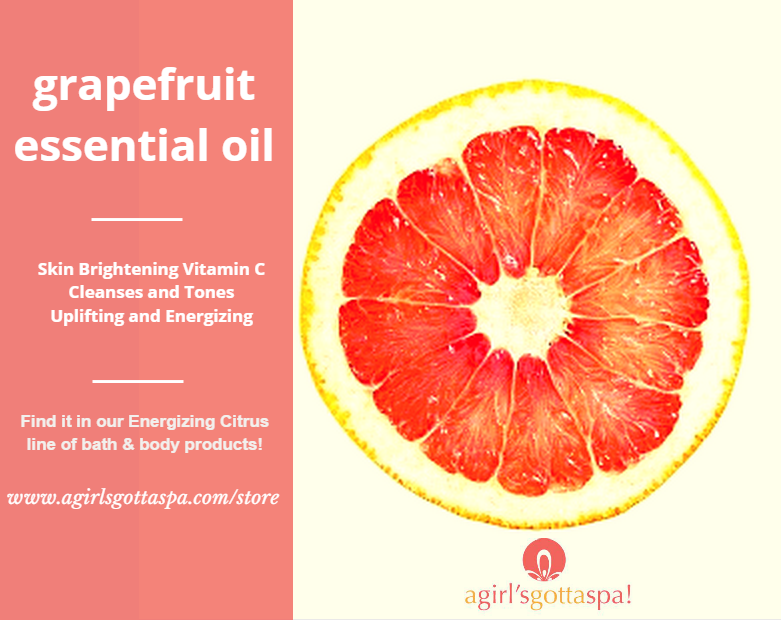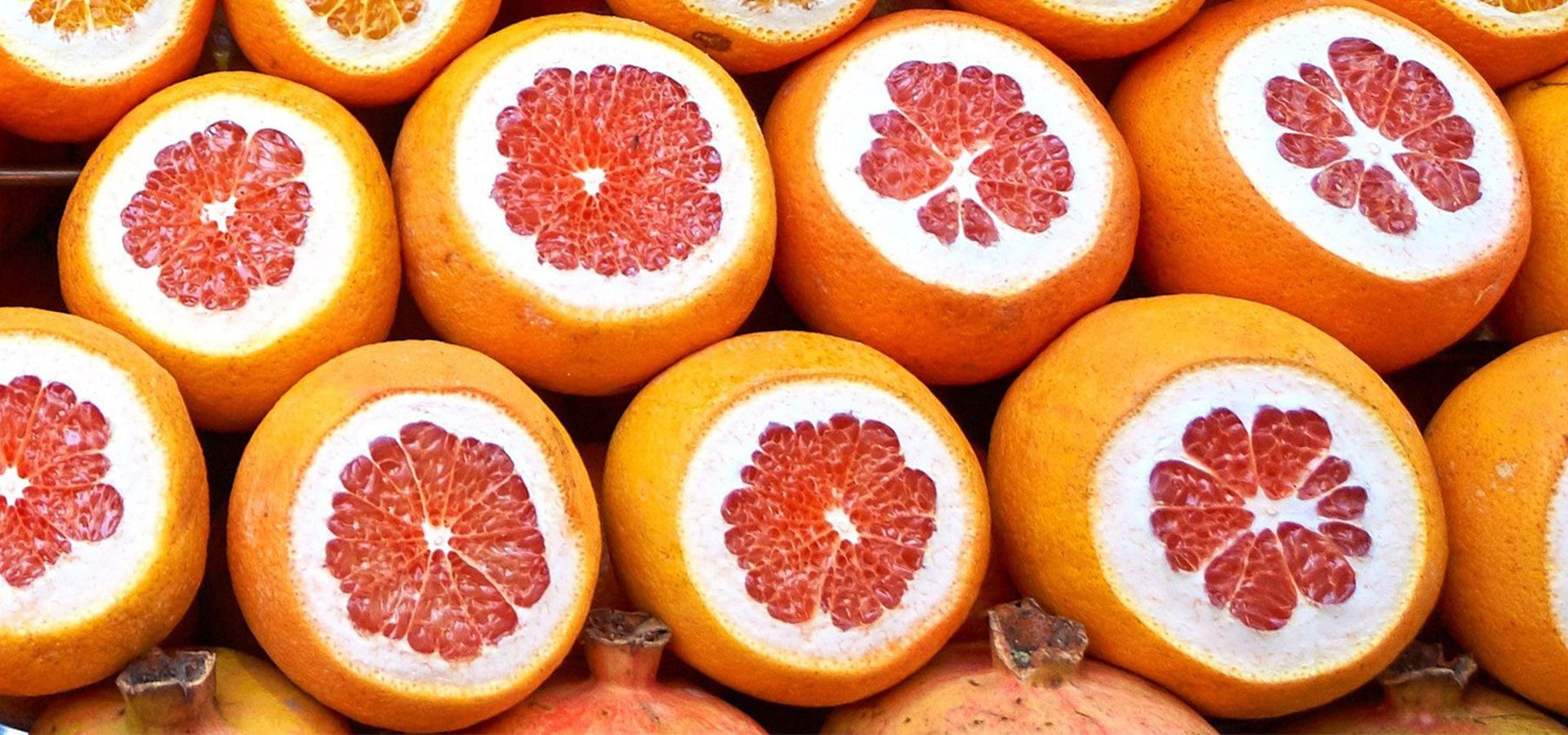


In fact, grapefruit has been named one of the “Seven Wonders of Barbados”. Grapefruit does come from a paradise: Barbados. When the grapefruit was first described by the Reverend Griffith Hughes in 1750, it was called “the forbidden fruit”, in reference to the original fruit tree that tempted Eve in the Garden of Eden. Grapefruit essential oil is not thought to interfere with medications in the same way as eating grapefruit, but it’s a good idea to check with your doctor before using. This bright, citrusy oil has been traditionally used to boost energy levels with its uplifting and cleansing aroma. Similar to lemon essential oil, grapefruit essential oil is cold-pressed from grapefruit peel. Drugs that negatively interact with grapefruit should be marked on the label, but if you are concerned, check with your doctor or pharmacist. It doesn’t take much, either: as little as one grapefruit or a 200ml glass of grapefruit juice can cause a problem with certain drugs. Grapefruit and grapefruit juice can interact with medications in two ways: by blocking an enzyme that helps break down medicine in your body, so you wind up with too much medicine in your bloodstream or by preventing absorption of the drug in your intestine so you don’t get the benefit of the drug. While eating grapefruit can be beneficial for many, they do come with an unusual caution. Pink grapefruit also contains the antioxidant lycopene (also found in tomatoes and watermelon). Sweet, tart grapefruits are fat-free, low-calorie, and an excellent source of vitamin C. Grapefruit is a popular breakfast fruit around the world, and is also beloved for its tangy juice and zesty, uplifting essential oil. Ripe grapefruit can be 100-150 millimetres (4 to 6 inches) across, depending on the variety, and the sweet, mildly acidic flesh ranges from pale pink to vivid magenta, depending on the variety. Grapefruit will bloom and produce fruit year-round.

A mature tree can be 4.5 to 6 metres (15 to 20 feet) high, with dense, shiny, dark-green leaves. Grapefruit trees look much like orange trees. By the 19th century, grapefruit took on its current name because of the way grapefruit grows in grape-like clusters – sometimes of 10 to 20 grapefruits at once. For easy reference, pomelos have a greener rind, are larger than a grapefruit, and have very, very thick rinds and a large amount of pith (the white tissue under the rind). China, the United States, and Mexico are the three largest producers of grapefruit in the world.įor the first 100 years after discovery, botanists frequently confused grapefruit with the pomelo, and with good reason: they do look very similar. Grapefruit trees need warm temperatures, night and day, and grow best in temperate or tropical regions of USDA hardiness zone 9 and up (where the coldest winter days don’t ever go much below freezing). Grapefruit trees were brought to Florida in 1823, and are now widely grown in Florida and Texas, as well as many other citrus-growing areas around the world. Grapefruits were first discovered in Barbados in the 1700s, where they emerged as a hybrid of sweet orange and pomelo, both species that had been brought to Barbados from Asia.
Health benefits of grapefruit oil skin#
Grapefruit awakens and encourages smoother-looking skin as it is a natural astringent. Why Use Grapefruit Oil Light and fresh, this uplifting citrus essential oil is rejuvenating for both the mind and the emotions. Parts used: Fruit and peel as food, peel for extracting essential oilĮssential oil extraction method: Cold pressing the peel About Grapefruit Oilįirst known as “the forbidden fruit”, grapefruit is a 300-year-old citrus hybrid known for its fresh, uplifting fragrance and sweet-tart flesh that is rich in vitamin C and lycopene. Growing habit: Evergreen tree with dark green, shiny leaves, and pinky-yellow fruit growing in clusters Plant family: Rutaceae (the citrus family of flowering plants)


 0 kommentar(er)
0 kommentar(er)
